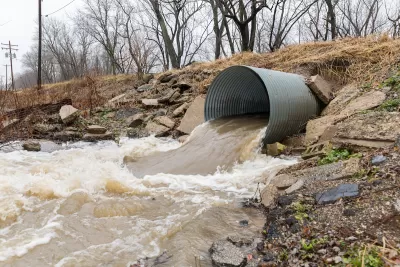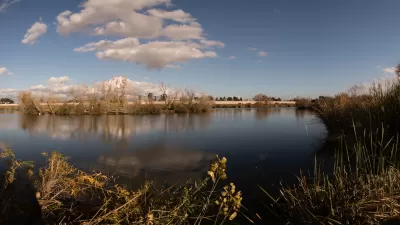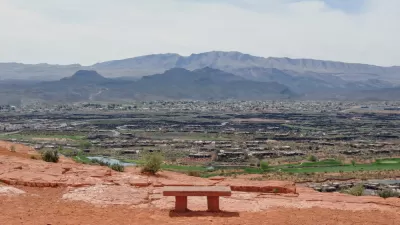A water main breaks somewhere in the United States every two minutes, according to an estimate from the American Society of Civil Engineers.

Climate events are putting water infrastructure across the American South at risk, write Jonathan Fisk, John C. Morris, and Megan E. Heim LaFrombois in The Conversation.
According to the authors, “The American Society of Civil Engineers’ U.S. Infrastructure Report Card in 2021 estimated that a water main breaks every two minutes somewhere in the U.S., losing 6 billion gallons of treated water a day.” Meanwhile, the engineers gave U.S. flood protection infrastructure a D grade.
The American Society of Civil Engineers in 2021 estimated the difference between infrastructure investments of all types needed over the decade of the 2020s ($5.9 trillion) and infrastructure work planned and funded ($3.3 trillion) was $2.6 trillion. It expects the annual gap for just drinking water and wastewater investment to be $434 billion by 2029.
The authors note that because water issues are managed by different agencies and levels of government, “That can put different government agencies into conflict as disputes develop over regulatory control and responsibility, particularly between federal, state and local governments.”
The article points out that federal funding from the Bipartisan Infrastructure Law and Inflation Reduction Act is not enough to cover the spending gap facing many small and low-income communities. “Local communities, states and federal agencies need to reexamine the growing threats from aging infrastructure in a warming world and find new solutions.”
FULL STORY: The South’s aging water infrastructure is getting pounded by climate change – fixing it is also a struggle

Maui's Vacation Rental Debate Turns Ugly
Verbal attacks, misinformation campaigns and fistfights plague a high-stakes debate to convert thousands of vacation rentals into long-term housing.

Planetizen Federal Action Tracker
A weekly monitor of how Trump’s orders and actions are impacting planners and planning in America.

San Francisco Suspends Traffic Calming Amidst Record Deaths
Citing “a challenging fiscal landscape,” the city will cease the program on the heels of 42 traffic deaths, including 24 pedestrians.

Defunct Pittsburgh Power Plant to Become Residential Tower
A decommissioned steam heat plant will be redeveloped into almost 100 affordable housing units.

Trump Prompts Restructuring of Transportation Research Board in “Unprecedented Overreach”
The TRB has eliminated more than half of its committees including those focused on climate, equity, and cities.

Amtrak Rolls Out New Orleans to Alabama “Mardi Gras” Train
The new service will operate morning and evening departures between Mobile and New Orleans.
Urban Design for Planners 1: Software Tools
This six-course series explores essential urban design concepts using open source software and equips planners with the tools they need to participate fully in the urban design process.
Planning for Universal Design
Learn the tools for implementing Universal Design in planning regulations.
Heyer Gruel & Associates PA
JM Goldson LLC
Custer County Colorado
City of Camden Redevelopment Agency
City of Astoria
Transportation Research & Education Center (TREC) at Portland State University
Jefferson Parish Government
Camden Redevelopment Agency
City of Claremont





























